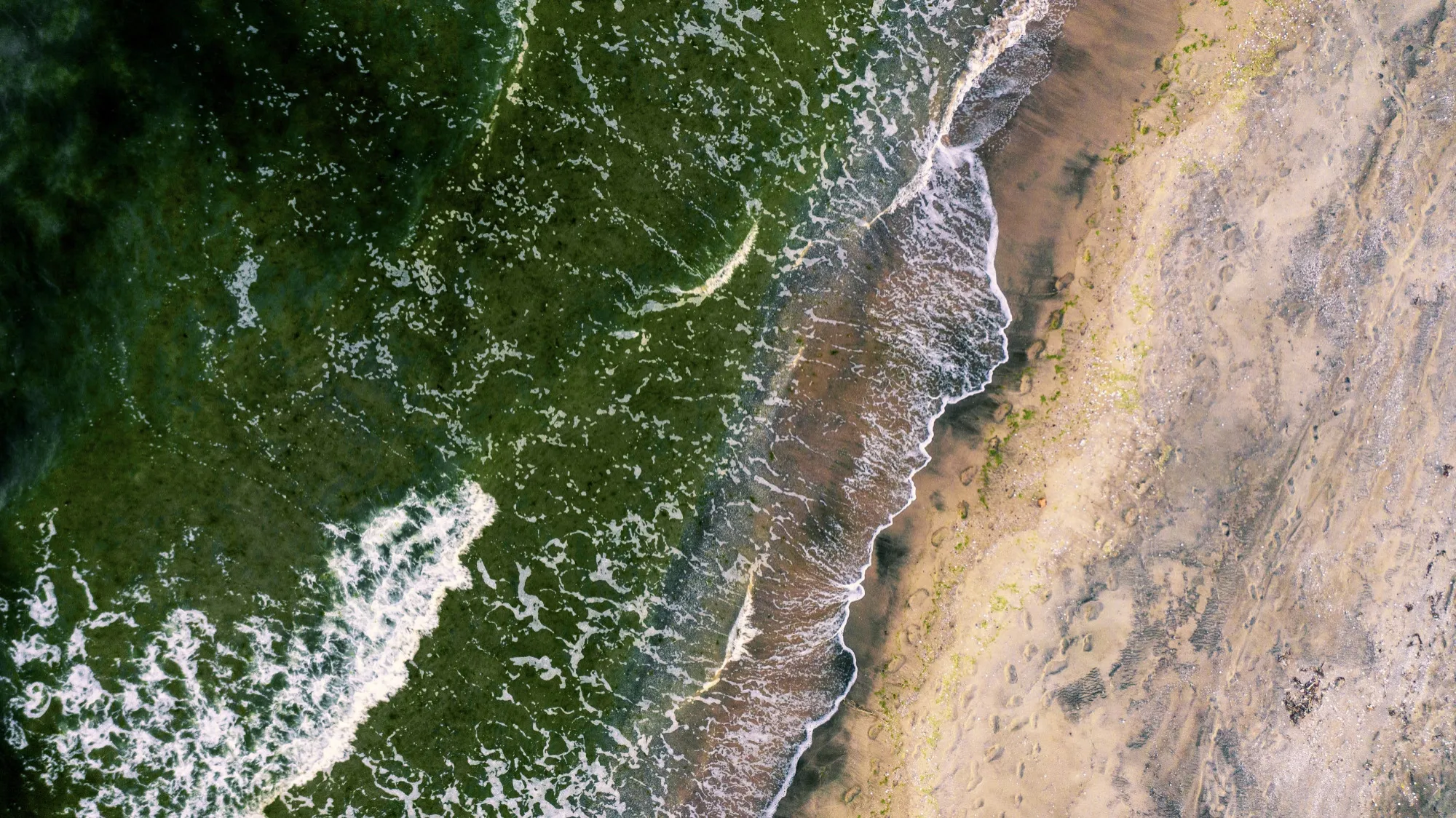Unraveling the complex interplay of microorganisms, minerals, and environmental conditions in coastal aquifers, a team of interdisciplinary researchers led by Vallejos A.A. from the University of Almería has uncovered fascinating insights into the biogeochemical processes shaping our planet’s subsurface ecosystems. Their landmark study, “Microbial-induced MnO2,” recently published in The Science of the Total Environment, sheds light on the mineralogical transformations driven by microbial activity along the flowpath of a coastal dolomitic aquifer.
DOI: 10.1016/j.scitotenv.2024.169968
The Scope and Significance of the Study
Aquifers are critical sources of freshwater for human consumption, agriculture, and industry. The geochemistry within these natural underground reservoirs significantly affects the water quality and thus, understanding the underlying processes is crucial for sustainable management. This groundbreaking study connected hydrogeological observations with a detailed analysis of microbial communities and mineral deposits along various sections of a coastal dolomitic aquifer, revealing a complex and dynamic environment influenced by both natural and microbial-induced processes.
Building a Biogeochemical Reaction Model
The research employed an integrative approach by combining geophysical, chemical, and biological data. Groundwater samples taken across a transect of the aquifer following diverse physicochemical parameters helped sketch an accurate representation of the underground environment. This model outlined the formation of mineral oxides in zones where the aquifer discharge meets the coastline.
But what sets this investigation apart was the study of microbial composition at different depths and varying salinities. The predominate presence of the genus Marinobacter in the saline zones was linked to the formation of manganese oxide (MnO2) precipitates alongside other metals like iron, barium, zinc, and nickel. This suggests a substantial microbial influence, particularly in the saline zone displaying oxidizing conditions, lying just below the freshwater-seawater interface.
Key Findings and Their Implications
By methodically tracing the distribution of different water masses—fresh, interface, and saltwater—within the aquifer, the study discerned the flow pattern of various dissolved ions. Deviations from the expected concentration gradients in the presence of calcium (Ca) and magnesium (Mg) ions hinted at zones where the dissolution of the carbonate matrix was at its peak.
Furthermore, minor ions like iron (Fe) and manganese (Mn) assumed unique concentration patterns. The zones with reduced oxygen levels boasted the highest concentrations of these ions, affirming the crucial role of anaerobic processes in elemental cycling.
This interplay between the geology and the microbiota creates specialized niches where Mn-rich polymetallic oxides form. These oxides are critical both economically, as potential mineral resources, and ecologically, for their role in biogeochemical cycles.
An Interdisciplinary Leap Forward
This research exemplifies the synergistic potential when diverse scientific disciplines collaborate. The collective expertise of Vallejos and colleagues from the University of Almería’s Water Resources and Environmental Geology and Microbiology units in Spain, along with Mancuso M.M. from the Universidade Federal de Santa Maria in Brazil, has dynamically pushed the frontiers of environmental geology and microbiology.
The article, backed by sound experimental data and theoretical modeling, establishes a new framework for future studies aimed at comprehensively understanding the subsurface biosphere. The authors reckon that while the coastal aquifer at the center of their study presents a unique case, the processes unearthed can provide valuable inference for other similar geological settings worldwide.
Ethical and Transparency Statements
The authors expressly confirmed that no competing financial interests or personal relationships could unduly influence the presented work.
Keywords
1. Coastal Aquifer
2. Microbial-induced Mineralization
3. Groundwater Geochemistry
4. Biogeochemical Reactions
5. Marinobacter
References
1. Vallejos A.A., Sola F.F., Vargas-García M.C., Mancuso M.M. (2024). Microbial-induced MnO2. Sci Total Environ, 169968. DOI: 10.1016/j.scitotenv.2024.169968.
2. Wang, F., et al. (2012). Hydrothermal vent microbial communities: The potential role of Marinobacter species in extracellular electron transfer processes. Environ. Microbiol.
3. Cao, H., et al. (2021). Role of Marine Bacteria in the Formation and Degradation of Manganese Oxides. Front. Microbiol.
4. The Science of the Total Environment. (2024). Sci Total Environ.
5. DOI.ORG. (n.d.). DOI System. Retrieved from http://www.doi.org
With their meticulous and multidisciplinary approach, the researchers have paved the way for future explorations into the subterranean microbial world, emphasizing the profound importance of these tiny yet mighty life forms in shaping our planet’s ecology and resource distribution. Their study stands as a beacon, propelling a deeper scientific inquiry into the hidden corners of our natural world and advocating for the preservation and judicious utilization of our precious underground water reserves.
